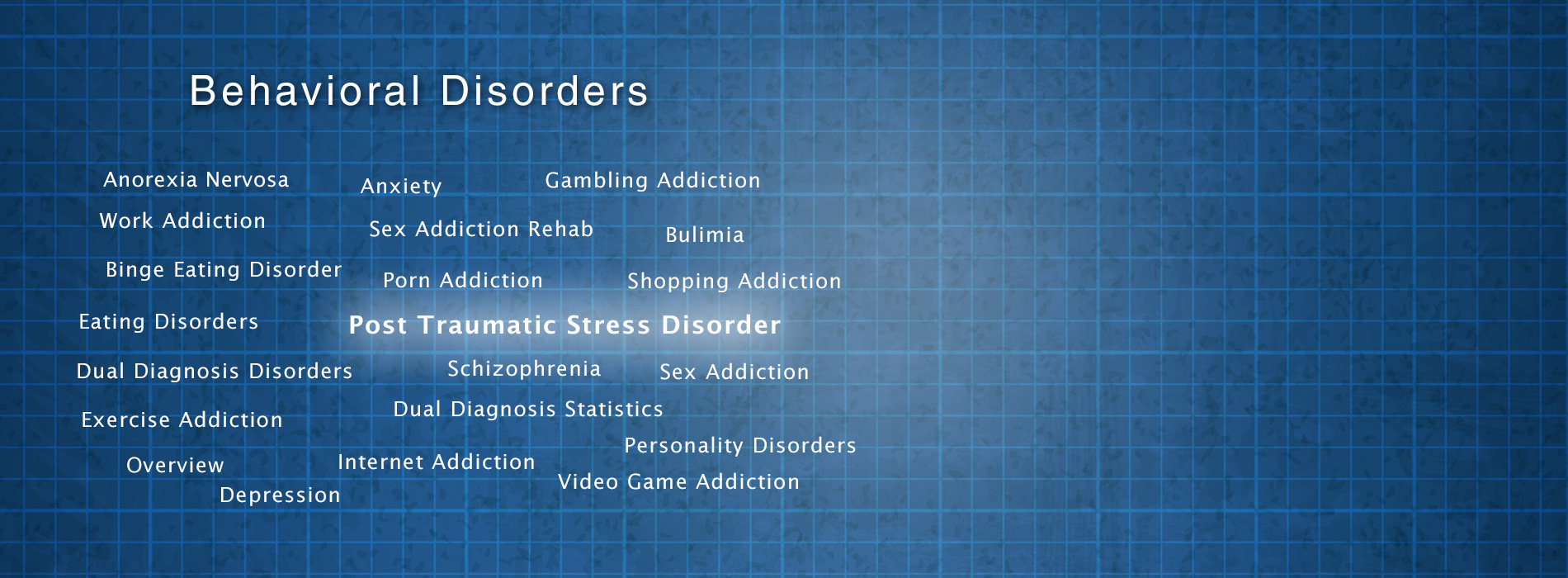Post Traumatic Stress Disorder
As its name suggests, post-traumatic stress disorder (PTSD) is a disorder that develops after one or more traumatic incidents occur to an individual. The condition can develop due to warfare, sexual abuse, physical assault, or another major stress in life and manifests as anxiety, flashbacks, and other symptoms.PTSD is commonly diagnosed in soldiers who experience extreme danger or trauma on the battlefield. Studies have shown that preparing soldiers psychologically for the trauma they are likely to encounter in the military lessens rates of PTSD. Sexual assault and interpersonal violence is another major cause of PTSD both in and out of the military, and sexual assault in the military is the number one reason for women to develop PTSD in the military.
Children are less likely than adults to develop PTSD after a traumatic event, but they may still need therapy following the event. Though less likely, PTSD can occur to people who the traumatic event is happening to or those who witness it. For example, people who witness a particularly bad car accident can have anxiety in the future when crossing the street.
The symptoms of PTSD include intrusive memories (flashbacks), changes in emotions (such as sudden irritability), depressed mood, and avoidance of places, people, or things that remind them of the traumatic event. Intrusive memories can be played out in dreams or occur when the person is reminded of the event. The trigger for these flashbacks can be small – anything from a smell to the sound of a car backfiring.
PTSD sufferers are often outwardly irritable, always braced for danger, and may have problems with substance abuse. Internally, they may feel emotionally numb, guilty, hopeless about the future, and like no one can understand what they are going through. Suicidal thoughts are sometimes experienced by PTSD sufferers. Symptoms can vary in their severity depending on the environment. If a person is triggered through a reminder of their trauma, such as a news report, anniversary date, or large crowd, their symptoms can spike.
Treatment for PTSD consists of a variety of types of therapy along with medication if necessary. Exposure therapy and stress inoculation training seek to desensitize the patient to stressful stimulus that triggers a PTSD episode. Eye movement desensitization and reprocessing (EMDR) is thought to help the patient reprocess the traumatic event along with specific eye movement that is thought to calm the person while they are recalling the event. Cognitive behavioral therapy (CBT) seeks to identify and change the thoughts and behaviors that lead to negative emotions and stress.
Support groups are also a good way to allow PTSD sufferers to talk about their thoughts and emotions in an environment where others have experienced similar events. Animal therapy has also proven successful, and many people with PTSD get a service dog to help calm them when they experience an acute episode. Dogs can also help victims of sexual assault or violence feel safer. If these therapies alone have failed to relieve PTSD symptoms, a doctor may prescribe an SSRI anti-depressant or an anti-anxiety medication for short-term relief.

